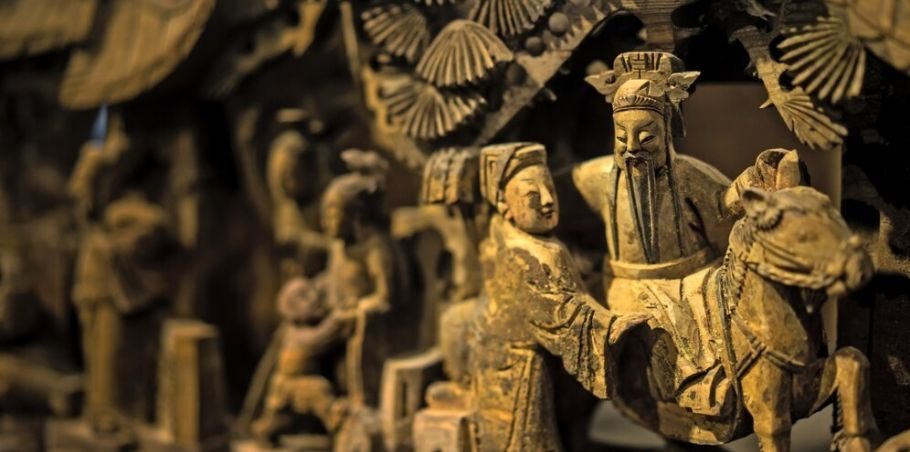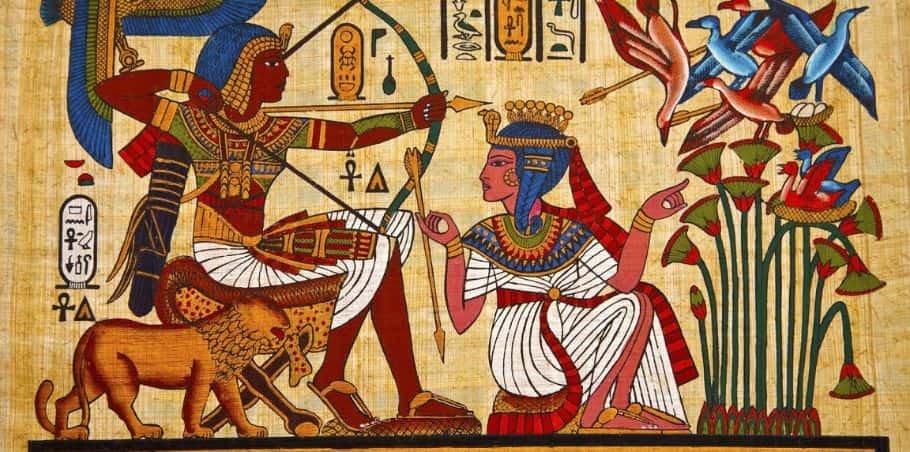Ancient artz offers a window into early civilizations’ lives, beliefs, and values. From breathtaking sculptures to intricate pottery, ancient artz has a timeless beauty that captivates the human spirit. It serves as a bridge to the past, letting us appreciate and learn about societies long gone. But what makes ancient artz so compelling? Why is it vital for understanding human history? Let’s dive into the world of ancient artz to explore its meaning, origins, and enduring legacy.
What is Ancient artz?
Ancient artz encompasses a range of visual arts created by early human civilizations, typically from prehistoric times up until the early middle Ages. These works include sculptures, paintings, pottery, and architecture. Ancient artz was often crafted with a purpose, whether to honor deities, depict daily life, or celebrate historical achievements. Each civilization contributed its unique style, adding layers to the world’s cultural heritage.
The Origins of Ancient artz

The journey of ancient artz begins with the first recorded cave paintings and carved stones in prehistoric times. From the Lascaux caves in France to rock carvings in the Middle East, early humans used their surroundings to express themselves visually. This period set the foundation for art as a storytelling medium, bridging generations and giving voice to shared human experiences.
Significance of Ancient artz in Human History
Ancient artz is far more than just decoration; it reflects the societal norms, religious beliefs, and intellectual pursuits of ancient people. As one of the earliest forms of communication, it helped convey messages and stories when written language was scarce. These artworks offer a glimpse into the values, emotions, and priorities of the people who created them.
Types of Ancient artz
Ancient artz is diverse, often categorized into several key types:
- Sculptures: From small figurines to towering statues, ancient sculptures capture the likeness of gods, leaders, and animals.
- Paintings: Early wall paintings adorned caves, tombs, and temples.
- Architecture: Ancient architecture, such as temples and pyramids, shows advanced engineering and design.
- Pottery: Pottery was both functional and decorative, often featuring elaborate designs.
- Jewelry: Crafted from gold, stones, and metals, ancient jewelry reflects the craftsmanship and aesthetic values of the time.
Ancient artz Egyptian

Egyptian art is one of the most recognizable ancient styles, distinguished by its iconic use of hieroglyphs, vibrant colors, and symbolic elements. The Egyptians created stunning monuments, including the Great Pyramids and the Sphinx that have stood the test of time. Tomb paintings provide insight into Egyptian beliefs about the afterlife, with gods and pharaohs depicted in ceremonial poses.
Mesopotamian Ancient artz
Known as the “Cradle of Civilization,” Mesopotamia contributed significantly to ancient artz. Art in this region was deeply influenced by its religious and political systems. One notable example is the Code of Hammurabi, a stone stele engraved with the earliest known set of laws. Mesopotamian ziggurats, or step pyramids, also showcased architectural innovation.
Greek Ancient artz
Greek art laid the groundwork for Western artistic standards. From the rigid forms of the Archaic period to the more realistic sculptures of the Classical and Hellenistic eras, Greek art evolved to portray beauty and human emotion. Masterpieces like the Parthenon and sculptures of Greek gods and athletes reveal the Greeks’ dedication to harmony and proportion.
Roman Ancient artz
The Romans adopted and adapted Greek styles, yet their art was more focused on realism and practical architecture. Roman architecture, like the Colosseum and aqueducts, demonstrated their engineering prowess. They created life-like sculptures of emperors, heroes, and gods, adding new dimensions to portraiture and public monuments.
Chinese Ancient artz
Ancient Chinese art, encompassing calligraphy, silk painting, and bronze work, emphasized harmony and balance. Calligraphy, a revered art form, became a means of self-expression and philosophical reflection. Chinese pottery, including the iconic terracotta warriors, showcased technical skill and attention to detail.
Indian Art and the Indus Valley Civilization
The Indus Valley Civilization left a legacy of intricate seals, pottery, and sculptures. These artifacts offer clues to daily life, spirituality, and trade in ancient India. Later Indian art continued to flourish with elaborate carvings of gods and mythological scenes, laying a foundation for Indian art traditions.
American Ancient artz
Pre-Columbian civilizations in the Americas, such as the Mayans, Aztecs, and Incas, produced art rich in symbolism. Mayan hieroglyphs, Aztec stone carvings, and Incan textiles all reflected a deep connection with nature, gods, and ancestral spirits. The architecture of temples and pyramids in Mesoamerica stands as a testament to their skilled craftsmanship.
Techniques and Materials in Ancient artz
Artists in ancient times used locally sourced materials like clay, stone, metal, and natural pigments. Techniques varied by culture but included carving, casting, painting, and weaving. Many of these methods required years of apprenticeship, as the skills were passed down through generations to ensure the precision and beauty of each piece.
The Legacy of Ancient artz
Ancient artz’s influence persists in contemporary art, architecture, and design. Today, these works are preserved in museums, studied by archaeologists, and admired by art enthusiasts. By preserving ancient artz, we maintain a tangible link to the past and honor the creativity that has shaped our world.
FAQs About ancient artz
Q: What makes ancient artz unique?
A: Ancient artz is unique because it reflects the values, beliefs, and lifestyles of early societies, often crafted with a deep purpose or spiritual significance.
Q: How did ancient people make pigments for their art?
A: Ancient artzists used natural resources like crushed stones, minerals, plants, and charcoal to create vivid colors that would last through the ages.
Q: Why is ancient artz important to study?
A: Studying ancient Artz offers a link to the past and helps us understand the origins of human creativity, social organization, and cultural values.
Q: What materials were most commonly used in ancient artz?
A: Common materials included clay, stone, wood, metals, and pigments derived from natural sources, each chosen for its durability and symbolism.
Q: Where can we see ancient artz today?
A: Many pieces of ancient artz are displayed in museums worldwide, while some original sites, like the pyramids in Egypt or the ruins of ancient Rome, can still be visited.
Conclusion
Ancient artz remains an invaluable part of human heritage. Each piece tells a story about the people who crafted it, offering insight into the roots of human expression. Through ancient artz, we gain a deeper understanding of the past, appreciating the timeless beauty and innovation of early civilizations. Whether through grand monuments or delicate pottery, ancient artz connects us to a legacy of creativity and cultural significance that endures to this day.
- What is CHTIW? Unpacking the Origins, Meaning, and Global Buzz
- Inside Remixpapa: How Remix Culture Became a Global Movement
- Everything You Need to Know About adsy.pw/hb5
- Theboringmagazinne.com/: A Digital Sanctuary for the Creatively Curious
- What is CÑIMS? A Deep Dive Into the Concept, Features & Benefits
- Crichd: The Ultimate Free Streaming Destination for Cricket Fans















